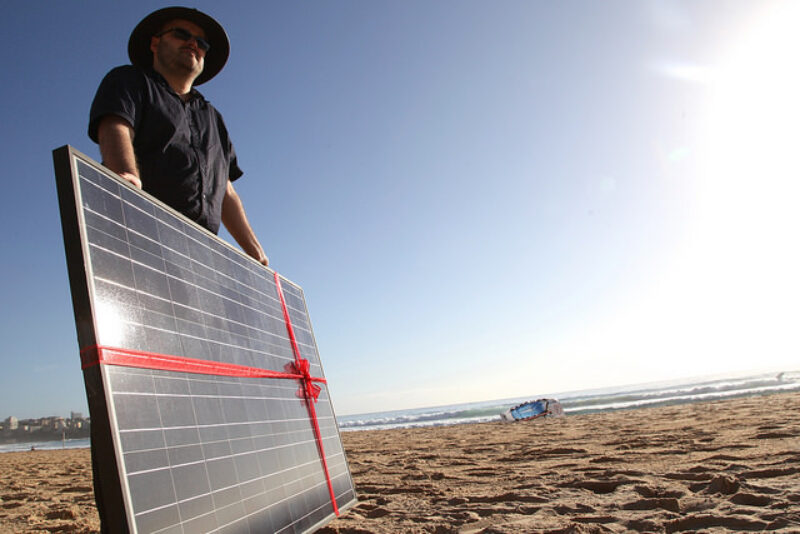Why the 1.5°C temperature limit is in Australia's interest
Share

The report shows that Australia will be exposed to climate change impacts Including more extreme and longer heat waves, longer periods without rain and declining water availability, sea-level rise, coral reef loss and more extreme weather events. All of these effects are already observable today and will be much worse in a 2°C world compared to a 1.5°C world.
For tropical coral reefs, the difference between 1.5°C and 2°C at peers as though it could be decisive for their survival. This is a particularly important and fundamental issue for Australia’s Great Barrier Reef, a World Heritage Site, if there is any intention of protecting it.
Temperature and water-related extremes at 1.5°C warming level would often be in the upper end of present day climate variability – in other words presently unusual heat waves, dry periods, extreme rainfall would become the normal. Our modelling shows that at 2°C of warming Australia would enter unchartered territory – a new climatic regime with extremes outside the range of what we experience are present This is a very serious reason for concern for human health as well as labour productivity, as Australia is already experiencing temperatures exceeding 40°C in its urban centres.
In combination with a substantial drying trend projected in particular for southern Australia and acutely for the South-West Land Division of Western Australia, this will very likely negatively affect agricultural productivity as well as lead to increased risks of grassland and forest wild- fires.
If implemented, current climate pledges translate to around 2.7°C global warming by 2100. Like much of the world, Australia would need to strongly improve its own climate policies with more rapid introduction of renewable energy, electric mobility, and energy efficiency measures and industry, commerce, agriculture and housing to achieve the emission reductions required to be in line with the 1.5°C temperature limit set in Paris.
The report outlines the critical developments which need to take place in the next 5 to 15 years to achieve these required rapid emission cuts:
- decarbonisation of the energy sector by phasing out coal and quickly increasing the share of renewables in energy generation;
- decarbonising of the transport system;
- rapid deployment of low, zero technologies;
- deployment of negative emissions technologies in the second half of this century to compensate for lack of climate action up to date and the remaining emissions.
The report stresses that the energy system transformations required to limit warming to 1.5°C are very similar to those required to hold warming to below 2°C, but they need to faster and more pronounced.
It also emphasises that, given the risks and uncertainties surrounding the potential for negative emissions technologies to be deployed at scale, climate policy should aim to minimise the need for this. This can only be done by acting faster.
The focus in the immediate term should be on the rapid deployment of renewable and other low or zero carbon energy systems, combined with rapid improvements in energy efficiency of industry, building and housing, and electrification of transport systems.
In the international context, there will be a review of climate pledges, or Nationally Determined Contributions (NDCs) and how they collectively move towards the 1.5° temperature limit in the Paris Agreement in 2018. The IPCC will prepare a special report on 1.5°C for this process in 2018, which is designed to lead governments towards putting forward improved NDCs by 2020 for the post 2020 period.
As the Climate Change Authority in Australia is now reviewing Australia’s targets, it would seem important that these are updated to take account of the 1.5°C long-term temperature limit on the Paris Agreement.
Download The Climate Institute’s policy brief “Beyond the limits: Australia in a 1.5-2°C world” here.











